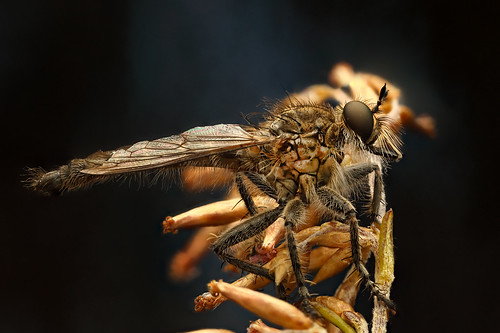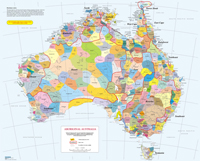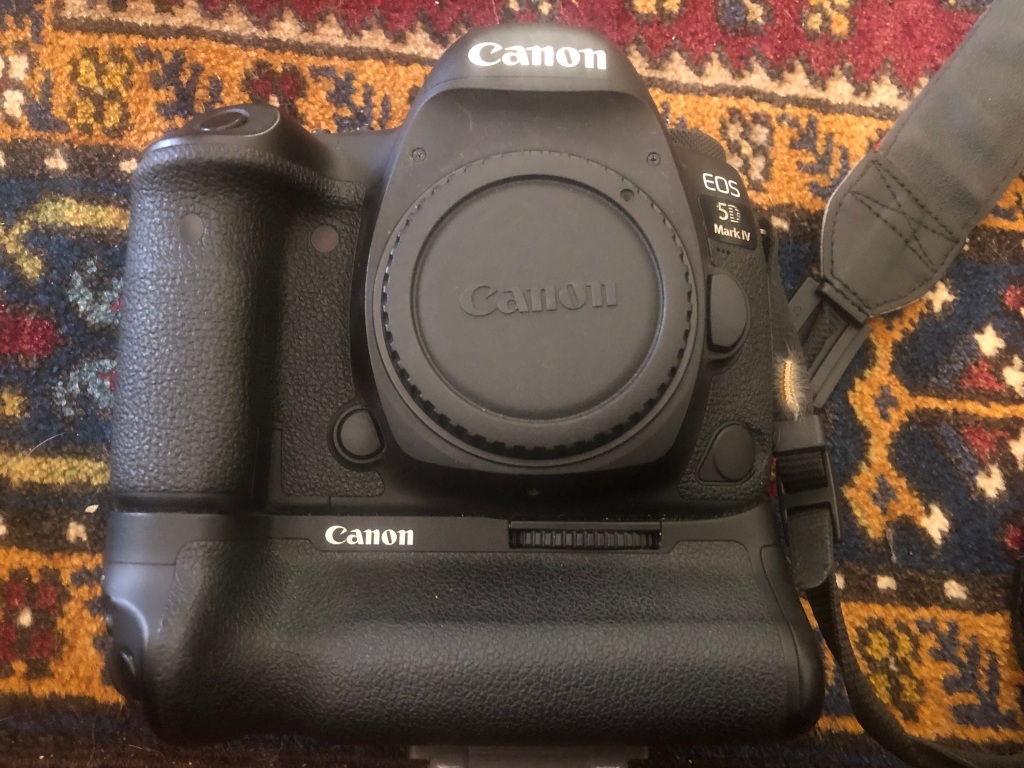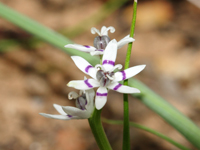Instalment #5 in the local thornbill identification series features the Yellow-rumped Thornbill.
Affectionately known as the ‘butter-bum’ by some birders, this species is the one most likely to be encountered around town, in home gardens or farmland. It does occur one the margins of the bush, in open woodland with a grassy understorey.
You’ll typically spot this thornbill feeding on the ground in small flocks, sometimes in the company of birds such as the Red-browed Finch and Southern Whiteface.
Identification is pretty straightforward, with two main spotting characters to look for:
- Distinctive white spots on a black forehead and crown
- The bright-yellow rump … obvious when the bird flys
Apart from these features this species has a white eye-brow (supercilium) and pale iris.
I apologise that none of the images below show the yellow rump to advantage – I’ll aim to rectify this in a summary post on thornbill ID soon.

Yellow-rumped Thornbill, Newstead, 18th Jly 2021

II

III

IV













































